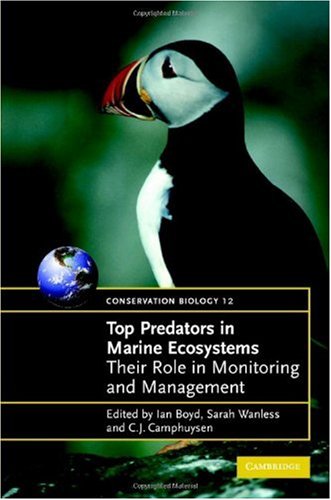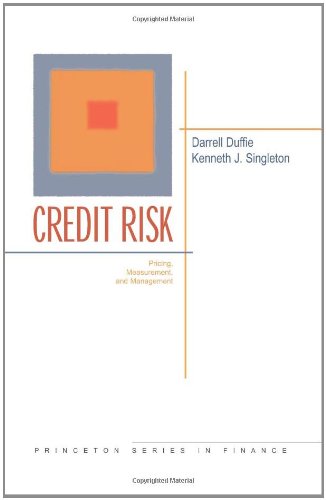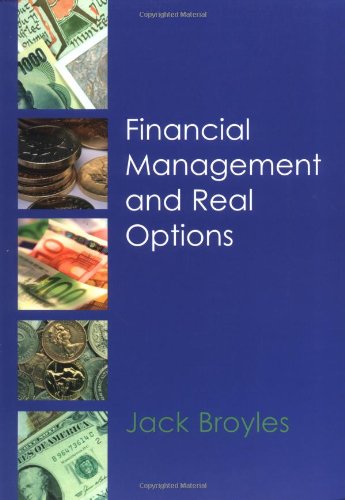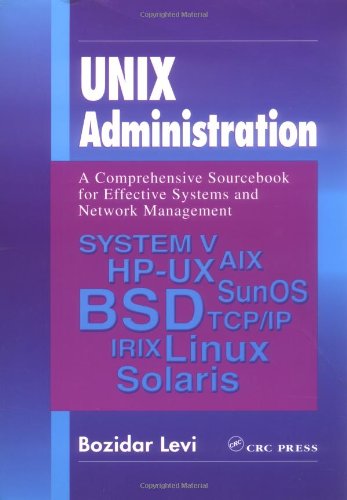C. J. Camphuysen, I. L. Boyd, S. Wanless0521847737, 9780521847735, 9780511191831
Table of contents :
0521847737……Page 1
Title……Page 5
Copyright……Page 6
Contents……Page 7
Contributors……Page 10
Preface……Page 15
1 Introduction……Page 17
REFERENCES……Page 25
2
Effects of fisheries on ecosystems: just another
top predator?……Page 27
DIRECT EFFECTS OF FISHING……Page 28
INDIRECT EFFECTS OF FISHING……Page 33
EFFECTS OF APEX PREDATORS……Page 36
CONCLUSIONS……Page 38
REFERENCES……Page 39
PHYSICAL VARIABILITY IN THE SOUTHERN OCEAN……Page 44
IMPACTS ON BIOLOGICAL COMPONENTS
OF THE ECOSYSTEM……Page 45
SST RELATIONSHIPS BETWEEN SOUTH GEORGIA AND THE EL NIÑO 4 REGION IN THE PACIFIC……Page 51
RELATIONSHIPS BETWEEN SOUTH GEORGIA SST AND
PREDATORS AT BIRD ISLAND……Page 52
REFERENCES……Page 58
4 The use of biologically meaningful oceanographic indices to separate the effects of climate and fisheries on seabird breeding success……Page 62
NORTH SEA SEASONAL OCEANOGRAPHIC CYCLE……Page 63
THE SPRING BLOOM AS AN INDICATOR……Page 65
OCEANOGRAPHY OF THE STUDY AREA AND
REGION-SPECIFIC ONE-DIMENSIONAL
PHYSICAL–BIOLOGICAL MODELLING……Page 66
SANDEEL LIFE-HISTORY STAGES AND SEASONAL
OCEANOGRAPHIC CYCLE……Page 68
SEABIRD BREEDING SUCCESS IS LINKED TO
AVAILABILITY OF SANDEELS VIA THE SPRING BLOOM……Page 70
SEABIRD BREEDING SUCCESS, TIMING OF THE SPRING
BLOOM AND THE SANDEEL FISHERY……Page 71
DISCUSSION……Page 73
REFERENCES……Page 75
5
Linking predator foraging behaviour and diet
with variability in continental shelf ecosystems:
grey seals of eastern Canada……Page 79
DISTRIBUTION……Page 81
Diving behaviour……Page 83
Diet……Page 85
ENVIRONMENTAL VARIABILITY……Page 87
SEALS AS INDICATORS OF ECOSYSTEM STATE……Page 90
REFERENCES……Page 95
6 Distribution and foraging interactions of seabirds and marine mammals in the North Sea: multispecies foraging assemblages and habitat-specific feeding strategies……Page 98
TOP-PREDATOR COMMUNITY AT SEA……Page 99
FORAGING RANGE……Page 103
FORAGING-HABITAT CHARACTERISTICS……Page 104
FORAGING BEHAVIOUR AND MULTISPECIES FEEDING
ASSOCIATIONS (MSFAs)……Page 105
DISCUSSION……Page 109
REFERENCES……Page 111
7 Spatial and temporal variation in the diets of polar bears across the Canadian Arctic: indicators of changes in prey populations and environment……Page 114
SAMPLE COLLECTION……Page 116
VARIATION IN FA COMPOSITION OF POLAR BEARS
AND PREY……Page 117
QFASA MODELLING AND POLAR BEAR DIETS……Page 119
POLAR BEARS AS INDICATORS OF ARCTIC ECOSYSTEMS
AT REGIONAL AND CONTINENTAL SCALES……Page 129
REFERENCES……Page 131
8
Biophysical influences on seabird trophic
assessments……Page 134
INDICATOR RESPONSES……Page 136
Multispecies assessments……Page 137
REGIME SHIFTS……Page 138
FOCAL FORAGE SPECIES……Page 140
THERMAL HABITATS……Page 141
MAXIMIZING INFORMATION FROM TOP PREDATORS……Page 142
REFERENCES……Page 143
9
Consequences of prey distribution for the
foraging behaviour of top predators……Page 147
CURRENT USE OF BEHAVIOURAL MEASURES……Page 148
PREDATOR ECOLOGY AND CONSTRAINTS
ON FORAGING……Page 149
USING BEHAVIOURAL MEASURES TO MONITOR
PREY DISTRIBUTION……Page 150
MEASURING THE DISTRIBUTION OF PREY
IN THE WATER COLUMN……Page 151
PREY DISPERSAL AND THE ORGANIZATION OF DIVING……Page 152
CONCLUSION……Page 156
REFERENCES……Page 157
10
Identifying drivers of change: did fisheries play a
role in the spread of North Atlantic fulmars?……Page 159
POPULATION CHANGES IN THE NORTH
ATLANTIC FULMAR……Page 160
INVESTIGATING THE DRIVING FORCES UNDERLYING
HISTORICAL CHANGES IN ABUNDANCE AND
DISTRIBUTION……Page 162
Foraging ecology and diet composition……Page 164
Individual based studies of reproductive success and survival……Page 165
Use of proxies to explore historical ecological change……Page 167
DID FISHERIES PLAY A ROLE IN THE SPREAD OF
NORTH ATLANTIC FULMARS?……Page 168
REFERENCES……Page 170
11
Monitoring predator–prey interactions using
multiple predator species: the
South Georgia experience……Page 173
Detection of change……Page 177
Relating predator data to changes in prey……Page 178
Prey abundance–availability relationships……Page 180
Distinguishing changes due to harvesting and those due to
environmental variability……Page 182
Relating predator data to changes in population size……Page 186
Challenges and opportunities for the future……Page 187
REFERENCES……Page 189
12
Impacts of oceanography on the foraging
dynamics of seabirds in the North Sea……Page 193
NORTH SEA OCEANOGRAPHY AND PRODUCTIVITY……Page 194
IMPACT OF OCEAN PHYSICS ON NORTH SEA
SEABIRD PREY……Page 195
Surface-feeding species……Page 196
Mid-water divers……Page 198
Benthic divers……Page 200
CONCLUSIONS……Page 202
REFERENCES……Page 204
13
Foraging energetics of North Sea birds
confronted with fluctuating prey availability……Page 207
Sensitivity analysis……Page 209
Potential responses to decreased sandeel availability……Page 212
Responses relating to time and energy……Page 217
Food responses……Page 220
Further potential responses……Page 223
REFERENCES……Page 224
14
How many fish should we leave in the sea for
seabirds and marine mammals?……Page 227
BIOENERGETICS CONSIDERATIONS……Page 229
PREY ABUNDANCE REQUIREMENTS OF TOP PREDATORS……Page 231
CONCLUSION……Page 233
REFERENCES……Page 235
15
Does the prohibition of industrial fishing for
sandeels have any impact on
local gadoid populations?……Page 239
TESTS OF THE HYPOTHESES……Page 243
CONCLUDING REMARKS……Page 246
ACKNOWLEDGEMENTS……Page 249
REFERENCES……Page 250
16
Use of gannets to monitor prey availability in the
northeast Atlantic Ocean: colony size, diet and
foraging behaviour……Page 252
TRIP DURATIONS, AND FORAGING RANGES AND
BEHAVIOUR AT SEA……Page 254
TRIP DURATION, COLONY SIZE AND PER-CAPITA
PREY AVAILABILITY……Page 257
ANNUAL VARIATION IN TRIP DURATION, FORAGING
LOCATION AND DIET AT A SINGLE COLONY……Page 260
DISCUSSION……Page 262
REFERENCES……Page 263
VARIABILITY IN THE SOUTHERN OCEAN……Page 265
A SUITABLE SAMPLER……Page 266
KRILL ABUNDANCE AND POPULATION DYNAMICS……Page 268
KRILL DEMOGRAPHY REVISITED……Page 270
DRIVERS OF KRILL VARIABILITY……Page 273
PREDATORS AS SAMPLERS……Page 274
REFERENCES……Page 275
18
The functional response of generalist predators
and its implications for the monitoring
of marine ecosystems……Page 278
INVERSE INFERENCE AND UNCERTAINTY……Page 280
IMPLICATIONS FOR ECOSYSTEM MONITORING……Page 282
UNDERSTANDING THE GENERALIST PREDATOR’S ROLE
IN AN ECOSYSTEM……Page 288
REFERENCES……Page 289
19
The method of multiple hypotheses and the
decline of Steller sea lions in western Alaska……Page 291
POPULATION BIOLOGY OF THE STELLER SEA LION……Page 293
H1 to H3: food limitation hypotheses……Page 294
H7 and H8: fishery-related mortality hypotheses……Page 295
THE APPROACH……Page 296
SOURCES OF DATA……Page 300
RESULTS……Page 301
DISCUSSION……Page 302
ACKNOWLEDGEMENTS……Page 305
REFERENCES……Page 306
20
Modelling the behaviour of individuals
and groups of animals foraging in
heterogeneous environments……Page 310
FOUNDATIONS……Page 311
EXPLOITING A PATCHY ENVIRONMENT……Page 313
FEEDING ON PARTICLES OF FOOD……Page 314
DIVING AND ASCENDING……Page 319
RECOVERING, WAITING AND PROVISIONING……Page 320
ENDING FEEDING AND STARTING TO DIVE……Page 321
FEEDING ON PARTICULATE FOOD……Page 322
ACKNOWLEDGEMENTS……Page 324
REFERENCES……Page 325
21
The Scenario Barents Sea study: a case of
minimal realistic modelling to compare
management strategies for marine ecosyste……Page 326
HISTORICAL BACKGROUND……Page 328
Overview……Page 329
MIGRATION AND MONTHLY DYNAMICS……Page 331
Predation……Page 332
Management……Page 333
Harp sealing……Page 334
Modelling considerations……Page 335
CONCLUSION……Page 336
REFERENCES……Page 337
22
Setting management goals using information
from predators……Page 340
GENERIC GOALS FOR HIGHER TROPHIC LEVELS……Page 341
MANAGING DIRECT EFFECTS ON POPULATIONS……Page 346
Accounting for indirect effects in assessments of target species……Page 349
Managing indirect effects directly……Page 350
CONCLUDING REMARKS……Page 357
ACKNOWLEDGEMENTS……Page 359
REFERENCES……Page 360
23
Marine reserves and higher predators……Page 363
MODELLING APPROACHES……Page 364
CAN RESERVES BE BENEFICIAL FOR HIGHLY
MOBILE ANIMALS?……Page 366
MARINE PREDATORS……Page 369
PREDATOR DIVERSITY HOTSPOTS……Page 371
SOCIO-ECONOMIC CONFLICTS……Page 372
CONCLUSION……Page 373
REFERENCES……Page 374
24
Marine management: can objectives be set for
marine top predators?……Page 377
ECOLOGICAL QUALITY OBJECTIVES (EcoQOs)……Page 379
DISCUSSION……Page 382
REFERENCES……Page 385
Index……Page 386







Reviews
There are no reviews yet.